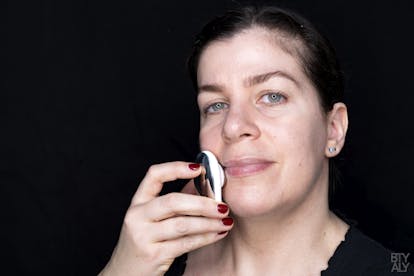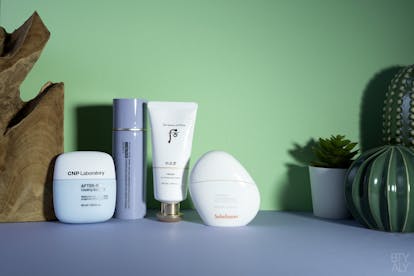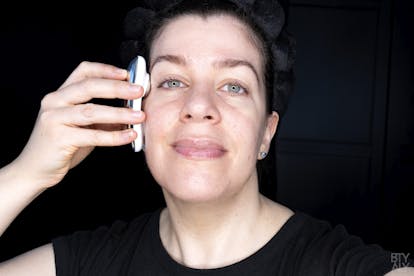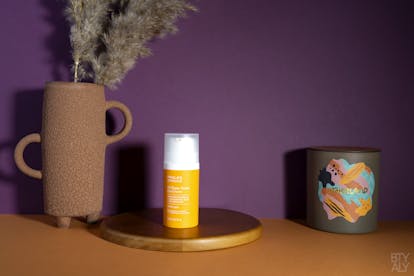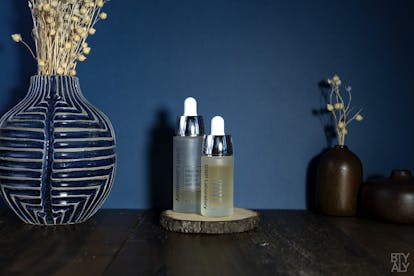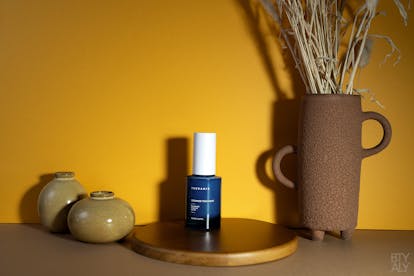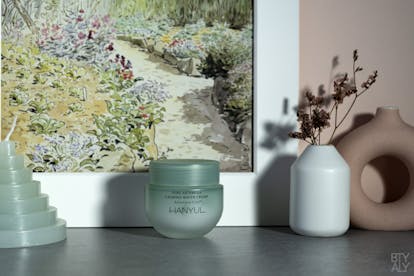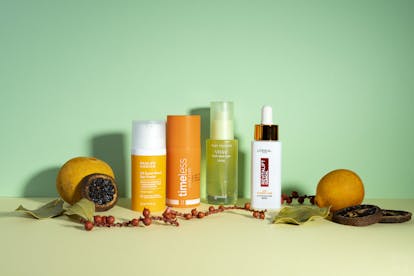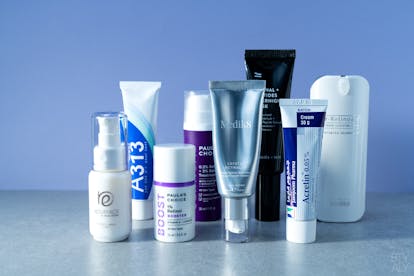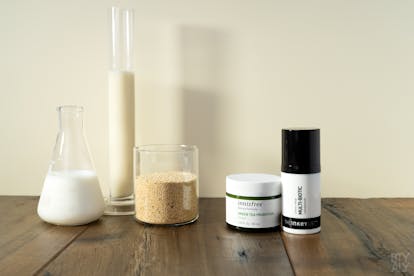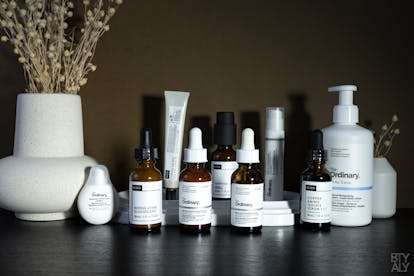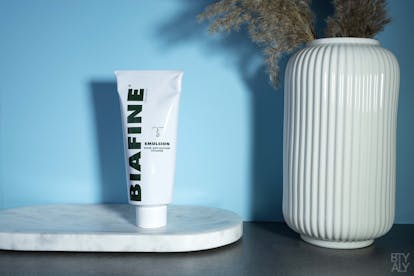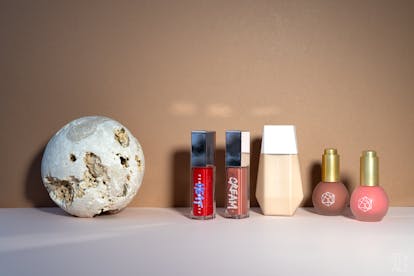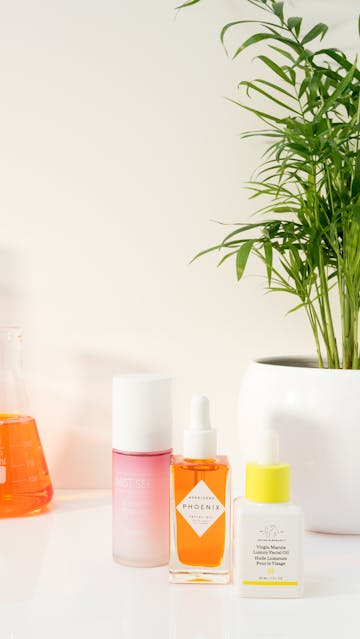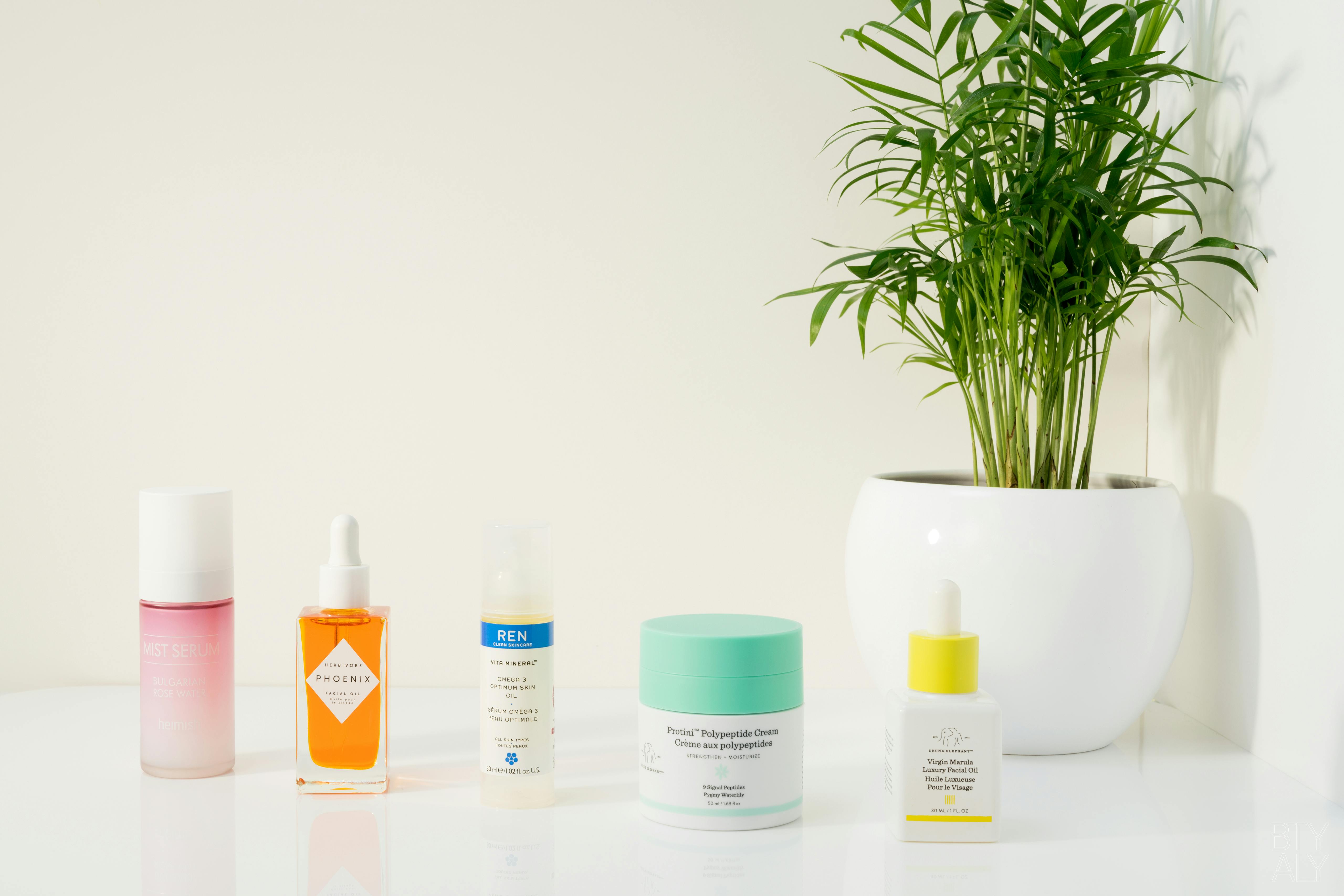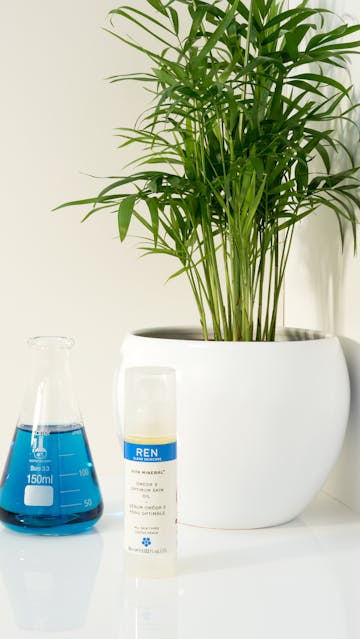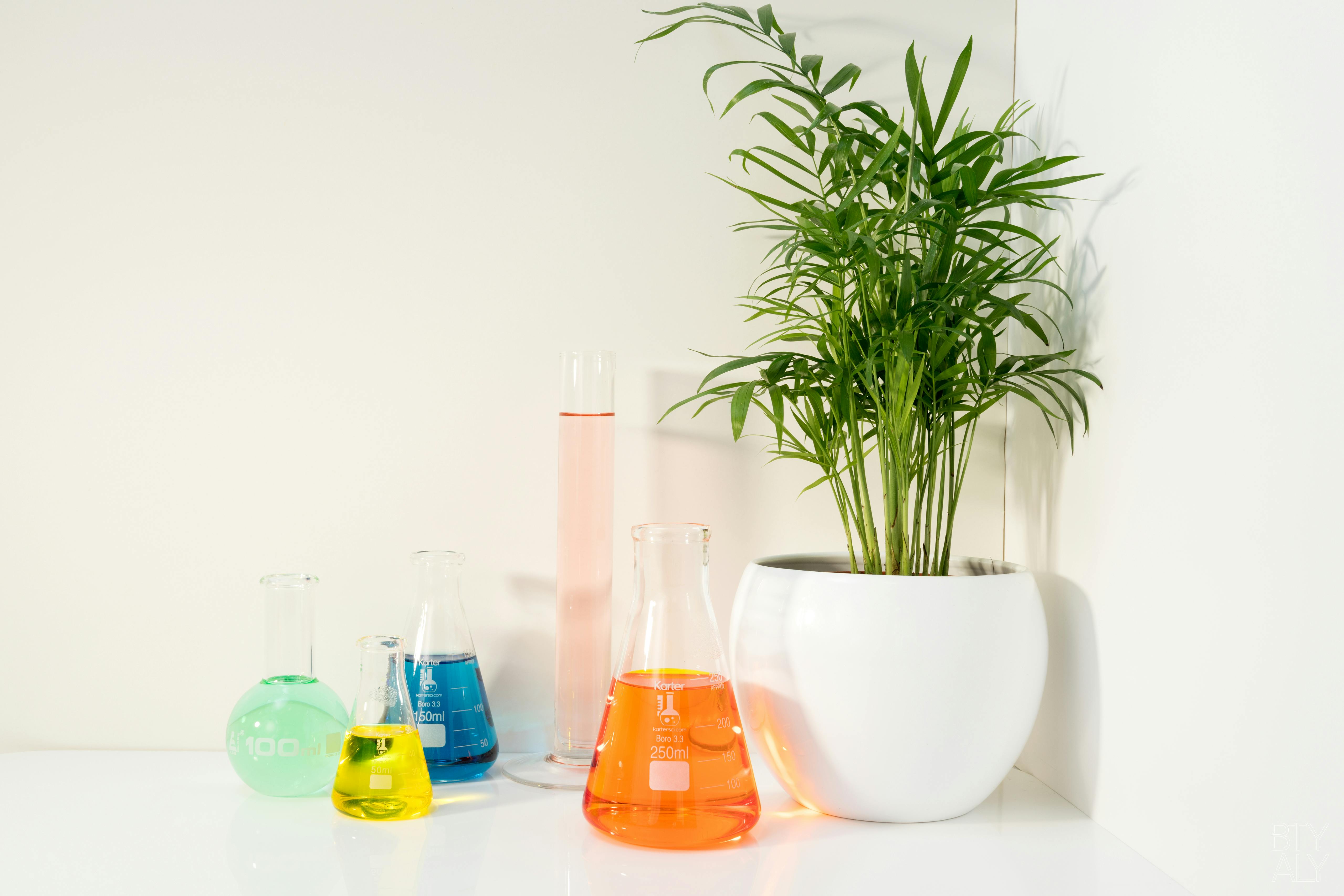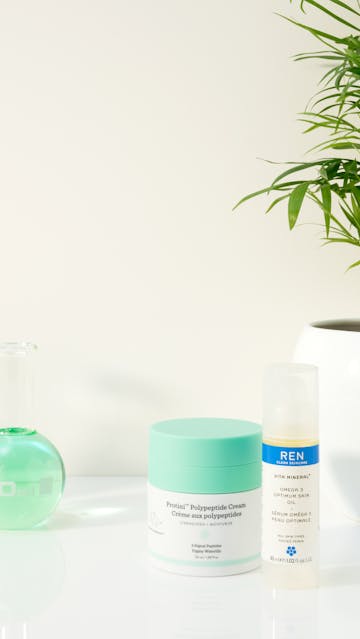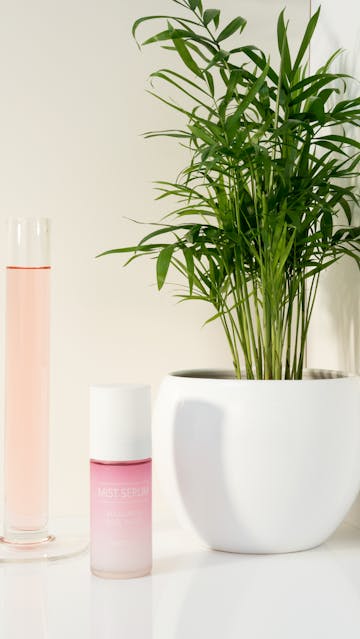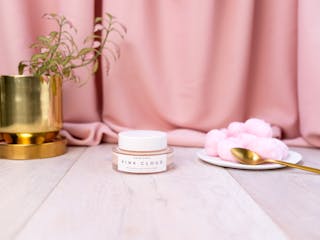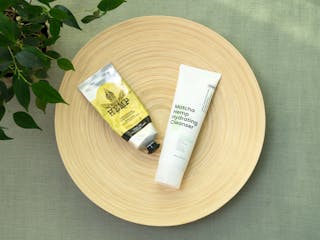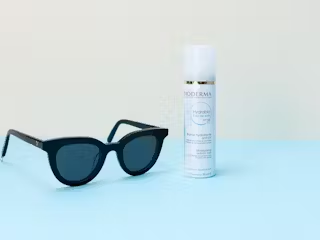At a glance
The “non-toxic” cosmetics trend: why is it so popular, its consequences with the rise of the green marketing business and the abuse and the reality of the cosmetics industry’s regulations.
Today, let’s talk about cosmetics’ vocabulary, marketing, and legislation. No, don’t go! I swear it’s not as boring as it sounds!
If you follow me here and or on social media, you already know that I’m a cosmetics’ enthusiast (it’s OK, you can say I’m a little insane, I’ll accept it). I buy a lot of beauty products.
And you must have noticed that I don’t like to limit myself geographically in my shopping. Online shopping is definitely a blessing for me because I can order almost from everywhere in the world!
Being able to discover new concepts, rituals, ingredients, which are all usually impacted by the culture of different countries… I just love it!
As a result, I search for a lot of information and I read a lot of articles related to cosmetics in order to keep up with the latest news and releases. And lately, I definitely noticed the emergence of a big trend worldwide: a lot of companies released what they called “non-toxic” cosmetics.
It’s a vast topic, that I’ve been wanting to write about for months but to be honest, I wasn’t sure how to get too involved because it’s a touchy subject that generates a lot of misunderstanding and can be stressful (especially when, like me, you can be accused of having a bias opinion because you’re sold to the cosmetics cause).
While doing research on this topic, I realized that the notion of non-toxicity applied to cosmetics was a concept that varies according to circumstances. From one country to the next, I definitely saw huge differences in the way people consider non-toxicity. For some, it seemed inconceivable, even irrelevant (that was definitely the case with a lot of French cosmetic companies I was able to discuss this topic with).
For me it seemed to be an interesting topic to write about (and who knows, maybe it can be useful for some!). So I decided to roll up my sleeves and to take a closer look!
Before getting to the heart of the matter, I want to make a little disclaimer first:
I’m not a chemist, a doctor, a toxicologist or a marketing specialist. I’m just a big fan of beauty products. Well, I have some basic knowledge of cosmetology and marketing and I know about the basics of legislation related to cosmetics, especially in France because that’s where I studied cosmetics for a several years. So if my article is incorrect and approximate, I hope you won’t hold it against me!
In fact, please feel free to share your knowledge on the subject in the comments, it’s always much appreciated!
Disclaimer number 2:
You will definitely see a lot of French or France related examples in this article. I’m French and I worked in France for a long time so it’s probably the market I know the best. The legislation in France and in Europe is very similar, so you’ll probably find my examples relevant if you live in an European country. For my other readers, I tried to incorporate other examples from other countries when I had the information.
The context: the rise of anxiety about cosmetics
The highlight of 2017 in France was a record drop in the volume of hygiene and beauty products’ sales. One of the causes of this fall? Consumers suspicious about ingredients, labelled as being “toxic” (source: French cosmetiquemag).
There are currently countless articles in the French press about “toxic ingredients to avoid in your cosmetics”, “which cosmetics are safe to use?” and so on. The French magazine 60 millions de consommateurs (a famous and very well-establish magazine in France) publishes these kind of articles very regularly and each time its a huge success.
For a consumer who wants to stay well-informed, it’s easy to become paranoid when you search for reliable information…
This anxiogenic atmosphere caused a new trend: cosmetic brands started to communicate on the fact that they’re “clean” and some have recently even gone even further and called themselves “non-toxic”. Such companies aren’t hesitating to point out ingredients they consider “toxic” in their advertising and promoting the fact that they aren’t using them in their formulas.
So, in a very short amount of time, cosmetic companies who were communicating about the natural apect of their products started to the emphasize the “non-toxicity” of them. It’s a very specific choice of vocabulary, don’t you think? There’s a big difference between the two approaches. This type of communication often involves the fact of shaming certain ingredients, sometimes called “toxic”, or in a softer version, “nasties”.
If you’re a consumer who likes to be well-informed, you can definitely become paranoid when you’re searching for reliable information because it’s definitely not easy to find moderate positions or opinions on the topic. A lot of articles in the press are very anxiogenic or on the contrary, very condescending: there’s nothing worse than reading an article where an “expert” shows off with a lot of scientific terms and tells you that you need to trust cosmetic companies blindly (I read articles like that in the French press).
Can you really say that a cosmetic product is toxic?
Let’s be clear: any ingredient can be toxic, even the most harmless ones. It’s quite complicated to describe a substance as toxic or non-toxic. Because it really depends on its concentration in a formula, where it’s applied, how it’s used (for example, a toner is definitely toxic if you decide to swallow it, its not meant to be ingested).
The toxicity of a cosmetic product is, in any case, highly regulated. Sometimes, cosmetic manufacturers have to use ingredients described as “toxic” but in a very specific way and, above all, in very controlled doses.
This is the case, for example, for preservative ingredients, which are toxic by definition, since they kill/ prevent the proliferation of microbes, bacteria or molds. You can’t really avoid them in cosmetics containing water because a contaminated product could have disastrous health consequences (no one wants to catch a skin infection by using a face cream)
An example of controversial preservative ingredients (probably THE example): parabens, suspected for several years to be carcinogenic. According to experts in cosmetic formulations, however, they’re very effective preservatives and among the least irritating. They’re even found naturally in certain foods such as honey or strawberries. Cosmetic formulators also have a lot of hindsight on them because they’ve been used for decades.
In 2004, the British researcher Philippa Darbre highlighted their presence in breast tumor biopsies. Her study was challenged soon after, mainly because of her methodology. However, this study was widely shared among the public and consumers now refuse to use products containing parabens. It’s, unfortunately, a perfect example of the victory of paranoia and rumors over the reality of the facts.
Control of the cosmetics’ toxicity:
Let’s talk about a market I know better than the others because I worked there for a long time: France.
In France, there is a very strict procedure to release a cosmetic product on the market. Each company manufacturing cosmetics is registered with the AFSSAPS, the French Health Products Safety Agency, which also manages cosmetics.
Cosmetic manufacturers have a manager in their staff to ensure that each formula and ingredient complies with the current legislation. Basically, it means that each product undergoes a whole battery of tests before it’s launched.
A few examples:
– verification of the legality of the ingredients and their concentrations in the formula,
– skin tolerance studies (irritation tests),
– microbiological controls (to check if the product is properly preserved),
– report the formulas to poison control centres,
– creation of a dossier, submitted to the cosmetology commission of the AFSSAPS (the CPNP).
The DGCCRF (Directorate-General for Competition, Consumer Affairs and Fraud Prevention) may also carry out random checks within companies to ensure that everything is in compliance.
As you can see, the control of cosmetics is a serious matter in France (in Europe also, the procedure is very similar across European countries).
To compare, in Dubai, where I live, every product is registered the same way as if it were a drug before it’s released. The procedures here are very thorough (and awfully long). If they want to make it in the Gulf, brands must be really patient!
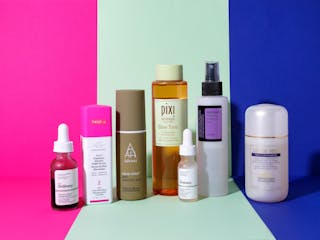 IngredientsFocus on: exfoliating acids (AHA, BHA, PHA)
Some cosmetic ingredients are notoriously great to give the skin a true glow from within. And exfoliating acids are definitely amongst these ones!
Read more
IngredientsFocus on: exfoliating acids (AHA, BHA, PHA)
Some cosmetic ingredients are notoriously great to give the skin a true glow from within. And exfoliating acids are definitely amongst these ones!
Read more
In South Korea, from what I could understand when I spoke to professionals at the Beautyworld beauty exhibition in Dubai last week, the legislation is also very strict and some concentrations of ingredients are only reserved for the medical field. It’s the case for example for exfoliating acids, which are highly regulated. This explains why acid products from South Korea are always very mild (good to know if you have sensitive skin and are tempted by acids!).
In the United States, on the other hand, the beauty industry is not regulated in the same way as in Europe, for example.
A comparison: in Europe, nearly 1500 ingredients are banned from cosmetics. In the United States, there are only 30 prohibited ingredients. The law that manages cosmetics there, the FFDCA (Federal Food, Drug and Cosmetics Act) has not been updated since 1938 (!).
No wonder the “non-toxic skincare” trend is a real phenomenon there. Because in the US, it’s definitely a health and even a political issue. A few weeks ago, Kourtney Kardashian even went to the American Senate to discuss the subject in response to a communication campaign launched by two senators in favour of a better regulation for cosmetics (of course, the fact that she launched a makeup collab with her sister Kylie the same day is pure coincidence, you see the evil everywhere) (the Kardashians are what they are, but they are definitely PR geniuses).
As often in the US, this situation is also a business opportunity for a lot of companies claiming to offer “non-toxic” products. Sephora US for example just announced the launch of a “Clean at Sephora” section with products that are supposed to be free of controversial ingredients. A way for them to reassure their customers while taking advantage of the trend.
From “natural” to “non-toxic”: when vocabulary becomes a marketing tool
With the rise of popularity of more natural products, organic cosmetics have literally exploded. They inspire more confidence for suspicious consumers, who feel reassured by the presence of labels on their packaging.
“Non-toxic” is a very problematic terminology because it implies that other cosmetics on the market are toxic…
But the word “organic“, usually used for food, quickly became problematic for many products, as it excludes a huge part of cosmetics.
Indeed, to be considered 100% organic, a product must meet the certification of organic labels (in France, the best known are Ecocert, Cosmebio or Cosmos). But most cosmetic products that contain water don’t meet the requirements of these labels, for example (as water cannot be certified organic).
The term “natural” is also widely used. It’s a rather vague word that quickly showed its limits: a product can claim to be natural even if it contains only one plant extract concentrated at 0.00000001%.
And then, it was the era of “clean” beauty products. A “clean” product indicates through such a name that it’s “free of”, which means it excludes the use of certain ingredients. Mainly controversial ingredients with which consumers have doubts (rightly or wrongly).
The term “-free” is also very popular. Many cosmetic brands use it and even misuse it on their labels with sometimes some absurd examples like “paraben-free” oils (knowing that this type of product generally doesn’t contain any because an oil doesn’t need parabens to be preserved) or “sulfate-free” conditioners and “silicone-free” shampoos (usually, silicones are used in conditioners to help detangle the hair and sulfates are cleaning ingredients, therefore more suitable for shampoos). In this case, where does information stop, and the marketing start?
Note: in France, the term “-free” is not recommended on a cosmetic product as the main claim. It should only be used as additional information to avoid misleading the consumer.
So, quite naturally, we began to hear more and more about “non-toxic” or “safe” products, to support the fact that they don’t use these controversial ingredients.
“Non-toxic” is a very problematic terminology because it implies that other cosmetics on the market are toxic, which is false and deprecating. And it’s also a term, in France, that is not allowed. Precisely because of its implication. I was able to verify this info with all the French professionals I met during the Beautyworld exhibition.
But in the United States, however, the term “non-toxic” is not prohibited and is even widely used! Just take a look at the description of some “natural” American skincare brands and you’ll easily find the mention “non-toxic skincare”, sometimes even in the brand description on Google (for example: Herbivore, Tata Harper, Goop and so many others).
This kind of terminology is clearly used here as a marketing claim, but in doing so, it definitely increases consumers’ anxiety and confusion by playing on their fears.
To be well informed without being scared: easier said than done!
It’s easy to panic when you read the headlines (just search in Google “non-toxic cosmetics” and you’ll see right away what I’m talking about).
Even if it’s always better to be safe than sorry, it’s also important to realize that the cosmetics industry is very well regulated, especially if you live in Europe. In the US, sadly, it’s a little bit more complicated and it’s better to know how to read a label.
…a cosmetic product formula is not just a list of its ingredients.
Specifically, in this regard, you may have seen that smartphone apps allowing you to scan ingredient lists of products are all the trend at the moment. There are quite a few apps like that in France.
They’re also very popular in South Korea. It even became a real phenomenon there with the very popular Hwahae application. Many South Korean refuse to buy a product if they haven’t scanned it through Hwahae first.
In a way, this kind of trend can be beneficial because its popularity often forces cosmetics companies to be greener and offer products more in line with their customers’ desire for “clean”.
But these tools can also be problematic when they point out certain ingredients without giving any explanations. The reasons why some ingredients should be avoided are rarely explained. As a result, many consumers decide to avoid certain ingredients without really knowing why. Formulators are therefore forced to adapt their formulas if they want to continue selling their products.
And in some cases, ingredients that have been considered suspicious are replaced with options that are no better and sometimes even worse. To take the example of parabens mentioned above, they were replaced by other preservatives, and some of them are more allergenic, like phenoxyethanol, for example (the formulators knew very well that this wasn’t an ideal choice compared to parabens, but because of the popular pressure, they had to come up with something to replace them).
To get back to the subject of apps, there is also an aspect that they completely neglect: a cosmetic product formula is not just a list of ingredients! The concentration of each ingredient is important, just like the associations between some of them. In short, a product cannot be declared “toxic” just because of an ingredient found on its list.
Personally, I look very closely at the formulas of my cosmetic products, not because I think they’re toxic, but more because I try to favour well-balanced formulas, enhancing ingredients useful to my skin rather than those which just provide a pretty texture and a pleasant scent to the product.
I avoid a formula filled with silicones for this reason because they are texturizing ingredients without many benefits for my skin. Plus, my acne-prone skin doesn’t love them when they are too many in a formula. Same thing for mineral oil, which is certainly not carcinogenic as I sometimes read (the version used in cosmetics is refined and highly purified, it’s totally safe), but which is a little too occlusive for my acne-prone skin. If there’s a small amount in a formula, it won’t stop me from using a product, though. It’s all about the right balance in a formula!
As a conclusion:
It’s not easy for me to remain completely neutral on this subject, to not take sides. What I can simply tell you is that, especially if you’re in Europe, the legislation is very strict and manufacturers are really careful about any changes in the regulations concerning certain ingredients that have been pointed out.
The formulations of hygiene and beauty products are constantly evolving according to scientific advances and legislation. Companies try to anticipate regulation as best as they can, especially brands that are well established and appreciated by consumers. They indeed have little interest in losing their clients’ trust.
Even if vigilance always prevails, it’s important to also pay attention to the greenwashing and the ingredient “bashing” practiced by certain brands which, in some cases, can be based on false ideas and doesn’t really help the consumer to understand how to choose his cosmetic products. Being well informed is very important. Not letting fear guide your decisions is better!
More food for thought with an excellent article from Vox, an American online magazine:
“The “natural” beauty industry is on the rise because we’re scared of chemicals”
